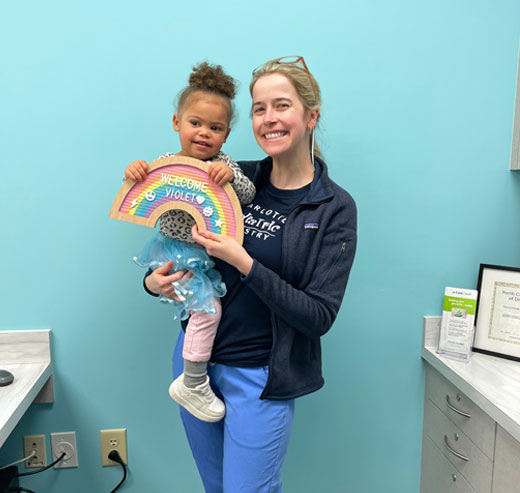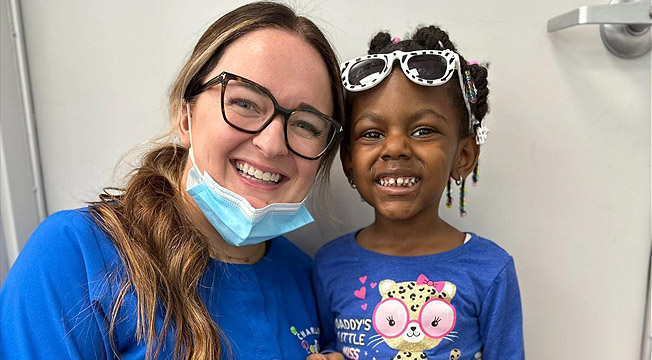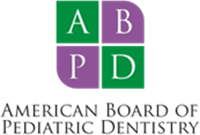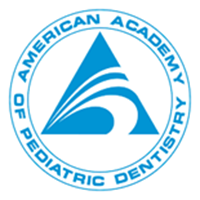If you’ve ever Googled questions about pediatric dentistry, you’ve likely found a lot of conflicting information about what you should and shouldn’t do when it comes to your child’s dental health. We’re here to set the record straight on some of the most common myths about pediatric dentistry!
Myth #1: Children don’t need to see the dentist until all of their teeth come in.
An early examination gives your pediatric dentist a chance to put together a long-term dental care plan that is most beneficial for your child. For this reason, we recommend bringing your child in for an exam when their first tooth erupts.
The earlier your child is exposed to dental care and regular appointments, the more relaxed and comfortable they will be with routine visits!
Myth #2: Cavities in baby teeth do not affect a child’s adult teeth.
Untreated cavities in baby teeth can inhibit proper growth of adult teeth. Tooth decay affects the gums and roots of the teeth, which means harmful bacteria can be transferred to adult teeth that are forming. Trauma to baby teeth can also cause problems for the growth of adult teeth.
Myth #3: Dental sealants are unsafe for children.
With proper brushing, flossing, and nutritional habits, sealants reduce the risk of cavities by 80%.
Bisphenol (BPA) in sealants has been a long standing concern for many parents. According to the American Dental Association, the BPA level in sealants is not significant enough to cause health concerns, and they are completely safe for children. Sealants may not be the solution for every child, which is why our dentists will evaluate each child on a case-by-case basis.
Myth #4: Only adult teeth need to be flossed.
Just because baby teeth are permanent doesn’t mean they need less diligent care! Food particles still need to be removed from between baby teeth with floss. Brushing only removes 30% of plaque and bacteria from your teeth, so flossing is a must!
We recommend that you assist your child with flossing as soon as they have two teeth that touch. Because small children lack the manual dexterity to floss properly, a parent should help with flossing until the child can brush and floss thoroughly.
Myth #5: A little blood during brushing is nothing to be alarmed about.
One of the most telltale signs of gum disease is blood when brushing or flossing, even in small traces. A similar comparison is to consider your hand washing routine. If you suddenly saw blood, chances are you would be concerned!
With a specialized oral health plan and practicing good oral health habits at home, gum disease in children can likely be reversed.
Myth #6: There’s no real difference between general dentistry and pediatric dentistry.
Though general dentists are vastly educated in many different aspects of dentistry, pediatric dentists specialize in working with children. They study developmental stages and characteristics of children and how dentistry affects their overall health, as well as the psychological component of pediatric dentistry.
Many general dentists will refer children to a pediatric dentist because of their specific expertise and abilities.
Do you have a question about pediatric dentistry that we haven’t covered? Feel free to get in touch with us to discuss!








